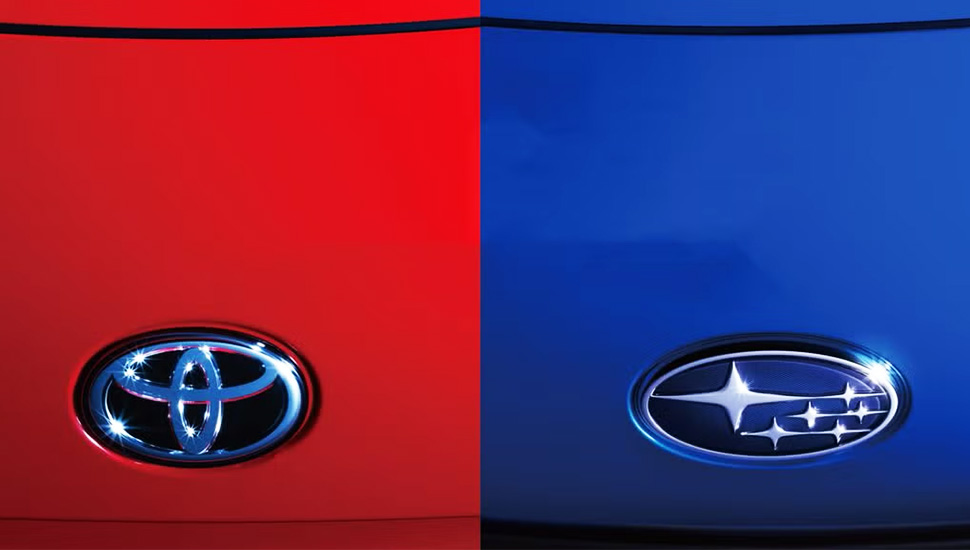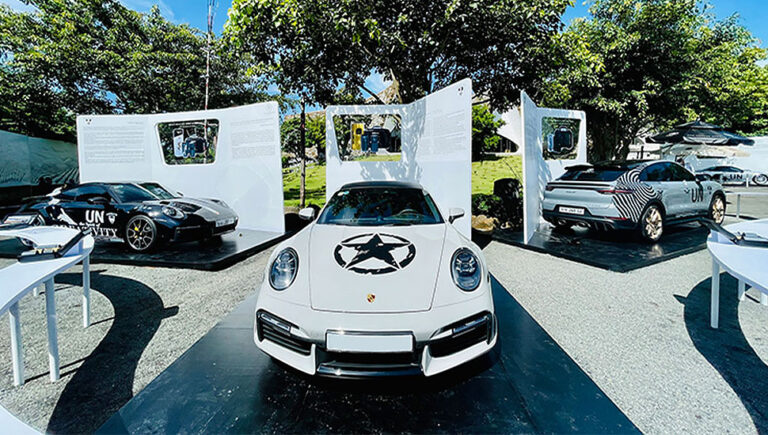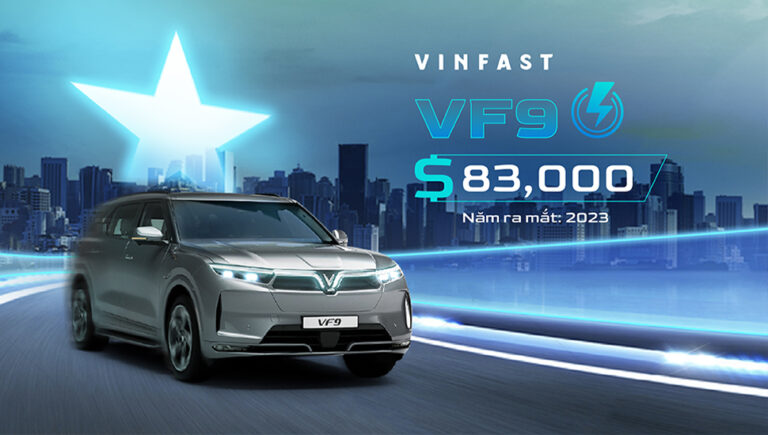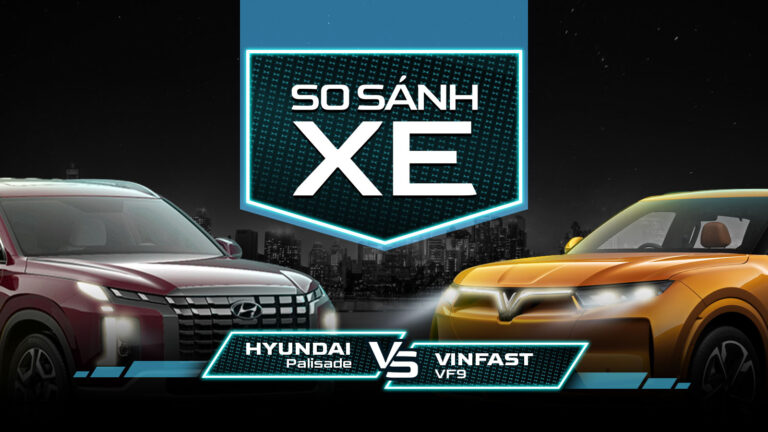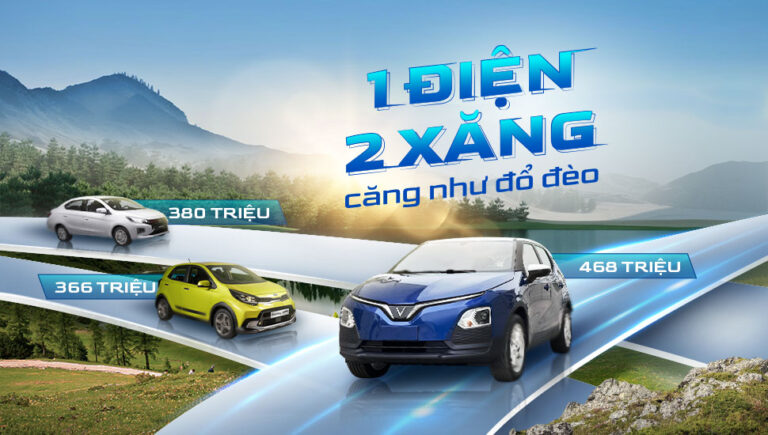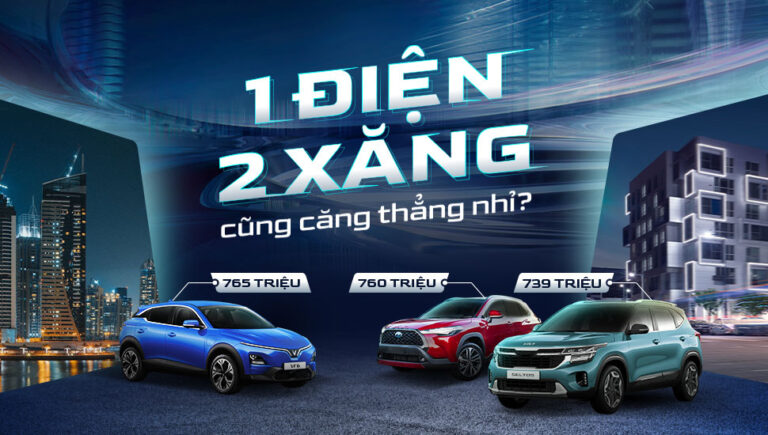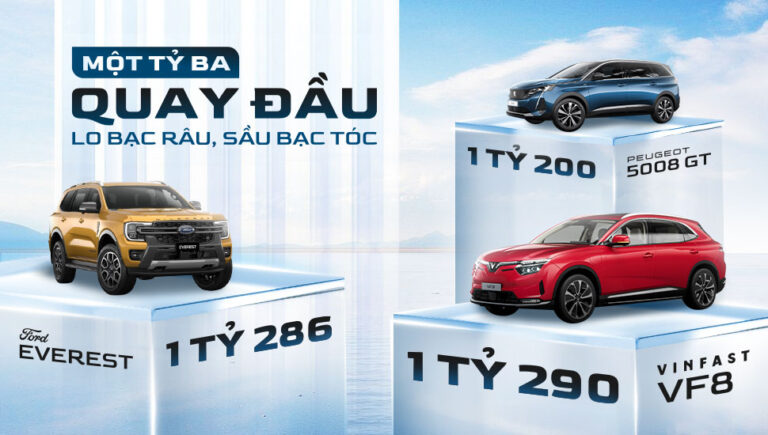In the automotive industry over the past 100 years, most transactions have taken the form of mergers and acquisitions—a classic case of the big fish swallowing the small one. An alliance is a new form of collaboration where each party contributes its core competencies, driving growth for all member companies within the alliance.
The Renault-Nissan-Mitsubishi Alliance
Founded in 1999, the Renault-Nissan-Mitsubishi Alliance is the world’s leading automotive partnership. One of the Alliance’s most competitive advantages is its ability to strengthen its members by sharing what each one is best at, whether platform, plant, powertrain or battery – takes on the ‘Leader’ role and shares its expertise with the other two partners. Because each company has access to the Alliance’s full range of assets, they don’t have to redevelop everything from scratch.
This approach allows member companies to acquire the most up-to-date technologies while reducing costs, lowering prices and thus increasing business performance and innovation. It has been a key enabler of the Alliance’s continuous success. Today, 60% of its models already benefit from common platforms.
Nissan Leaf / Renault Zoe: Both models are electric vehicles, sharing an EV platform researched and developed by Nissan, with similar technology.
Nissan Juke / Renault Captur: These two mini SUVs have many similarities in design and platform, although they differ in certain styling.
Nissan Rogue / Mitsubishi Outlander: Both are highly popular SUVs built on the same platform, allowing for shared technologies and features.
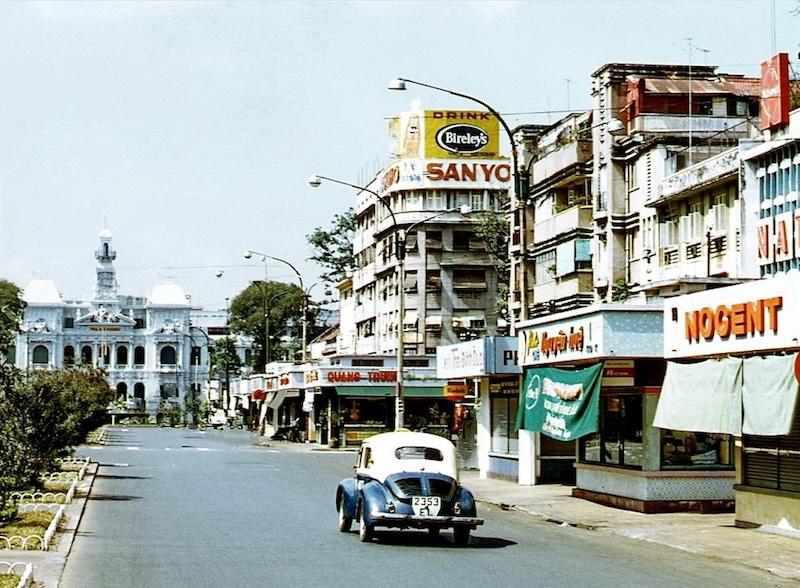
Back to the Ranault’s history in Vietnam. “Four doors, four seats, four horsepower, 440,000 francs!” was the booming advertising slogan for the Renault 4CV when it debuted in 1946. This iconic model became one of Renault’s legendary vehicles in France. Shortly after its global launch, the Renault 4CV made its way to Saigon in the 1950s, serving as a means of transport for officials, leaders, and cadres. By the 1960s, a large number of Renault 4CVs were repainted in white and green, transformed into the ubiquitous “frog taxis” that roamed the streets of Saigon. The car became one of the most recognizable symbols of old Saigon.
The Japanese Toyota-Subaru Collaboration
Toyobaru began their collaboration in 2008 when both companies decided to join forces to develop a sports car representing the strength of their alliance. The result of this partnership was the Subaru BRZ, which made its debut at the 2012 Tokyo Auto Show, while its twin, the Toyota GR86, was also introduced to the Vietnamese market in the same year.
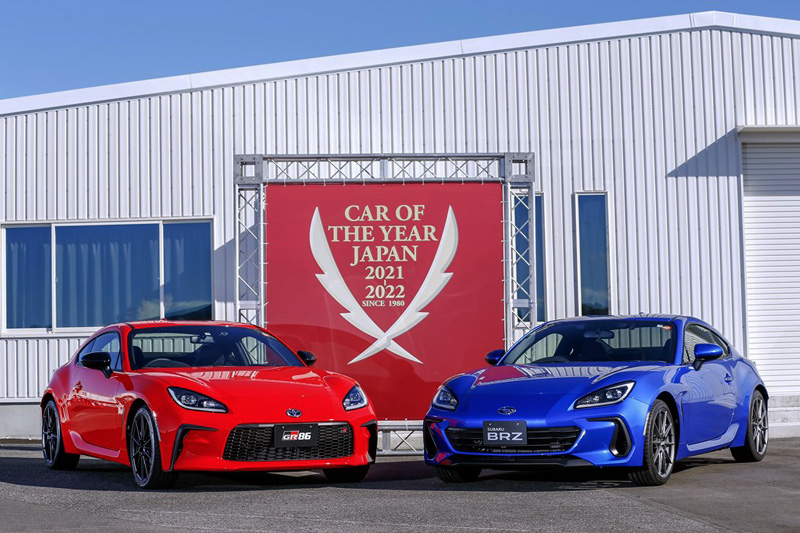
At its launch, Toyota representatives stated that the GR86 was brought to Vietnam to refresh the brand’s image, not to achieve high sales figures. And they were right—just a few years later, the GR86 was abandoned by buyers in Vietnam and eventually withdrawn from the market. Since then, Toyota has not introduced any sports cars to Vietnam. Currently, the Japanese sports car segment is represented solely by the Subaru BRZ, competing in speed with Porsche from Germany—a sports car brand many Vietnamese aspire to own. Now have a look at Subaru BRZ on the driving performance!
In addition to the two traditional gasoline models mentioned above, the latest creations from Toyobaru are the electric vehicles Toyota bZ4X and Subaru Solterra. Both companies have maximized the use of shared components wherever possible to minimize development costs and production expenses, creating a competitive edge against the giant EV car makers from China: BYD, Geely, SAIC…
Will Vietnam have a Powerful Handshake?
Thaco, officially known as Trường Hải Auto Corporation, has become a cornerstone of the Vietnamese automotive industry. Founded in 1997, Thaco has grown into one of the largest and most influential conglomerates in Vietnam. Thaco commands an impressive 36% share of the domestic automobile market as of 2023, solidifying its position as the market leader in Vietnam.
It has partnered with globally renowned brands such as Kia, Mazda, Peugeot, BMW, and MINI, delivering world-class products tailored to the Vietnamese market. Additionally, Thaco develops and markets its own commercial vehicles under the Thaco Bus and Thaco Truck brands.
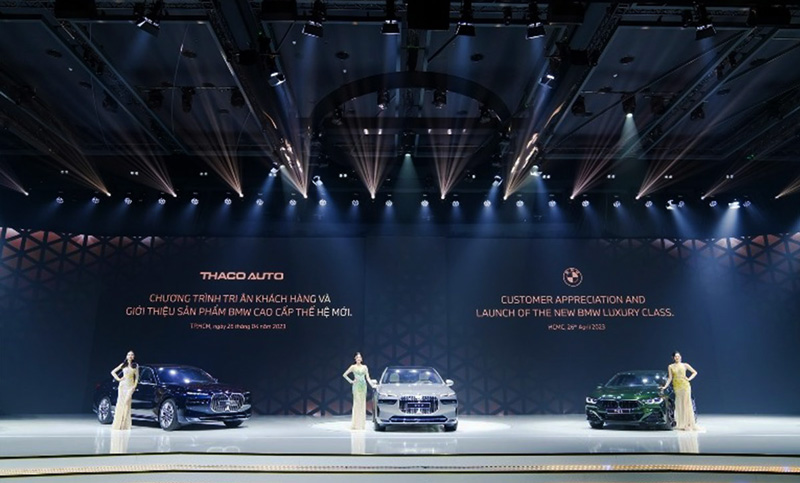
In 2023, Thaco took a significant step forward by introducing locally assembled BMW vehicles. Thaco’s Chu Lai Industrial Complex in Quảng Nam Province is a testament to its commitment to technological advancement and sustainable production. The complex not only fulfills domestic demand but also positions Thaco as a competitive exporter in the global automotive supply chain.
Who would be a Number 1 Partner?
Established in 2017, VinFast boasts Southeast Asia’s most advanced automotive manufacturing facility, designed and built by German engineers. In October 2018, VinFast unveiled two models—the Lux A2.0 sedan and Lux SA2.0 SUV—at the Paris Motor Show, placing Vietnam on the global automotive map alongside its iconic áo dài and nón lá.
In 2019, VinFast launched the Fadil, Lux A2.0, and Lux SA2.0 for the domestic market. By 2021, VinFast shifted focus entirely to electric vehicles. On November 25, 2022, the ship Silver Queen departed Hải Phòng for California, USA, carrying 999 VinFast EVs (and a big bold dream of a global car maker).
On April 14, 2023, Vietnam’s first all-electric taxi service, Green SM, officially hit the streets, serving the public with unmatched enthusiasm. For those who haven’t test-driven an EV yet, being a passenger is an excellent way to experience VinFast cars. Even better if you strike up a chat with the driver. From an operational perspective, every ride generates valuable data: routes, terrain, battery usage—helping VinFast fine-tune its technology, software, charging stations, and service locations.
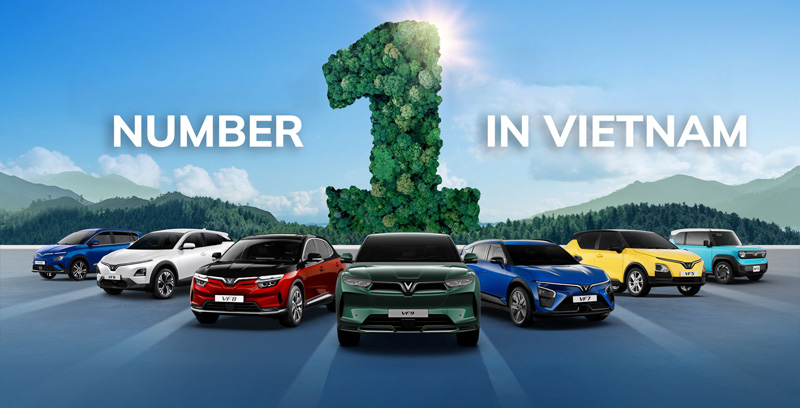
VinFast announced that it delivered over 16,000 electric vehicles (EVs) in November 2024, bringing its year-to-date domestic sales volume to over 67,000 units. This marks the highest monthly delivery record ever achieved by any car brand in Vietnam during the past decade. The VF 3 and VF 5 were the top-selling models. The VF3 is the cornerstone of its success in Vietnam and the Philippines.
Except for Malaysia, which has two domestic ‘twin’ automakers, Proton and Perodua, Southeast Asia’s two automotive powerhouses, Indonesia and Thailand, with no homegrown car brands of their own, merely assembling and manufacturing parts. If Thaco and VinFast were to collaborate, the two companies would command 40% of the domestic automobile market, completely dominating over 40 international car brands currently operating in Vietnam. VinFast-Thaco Alliance impossible possible!
Forecast of Vietnam’s Automotive Market Share in 2024.
